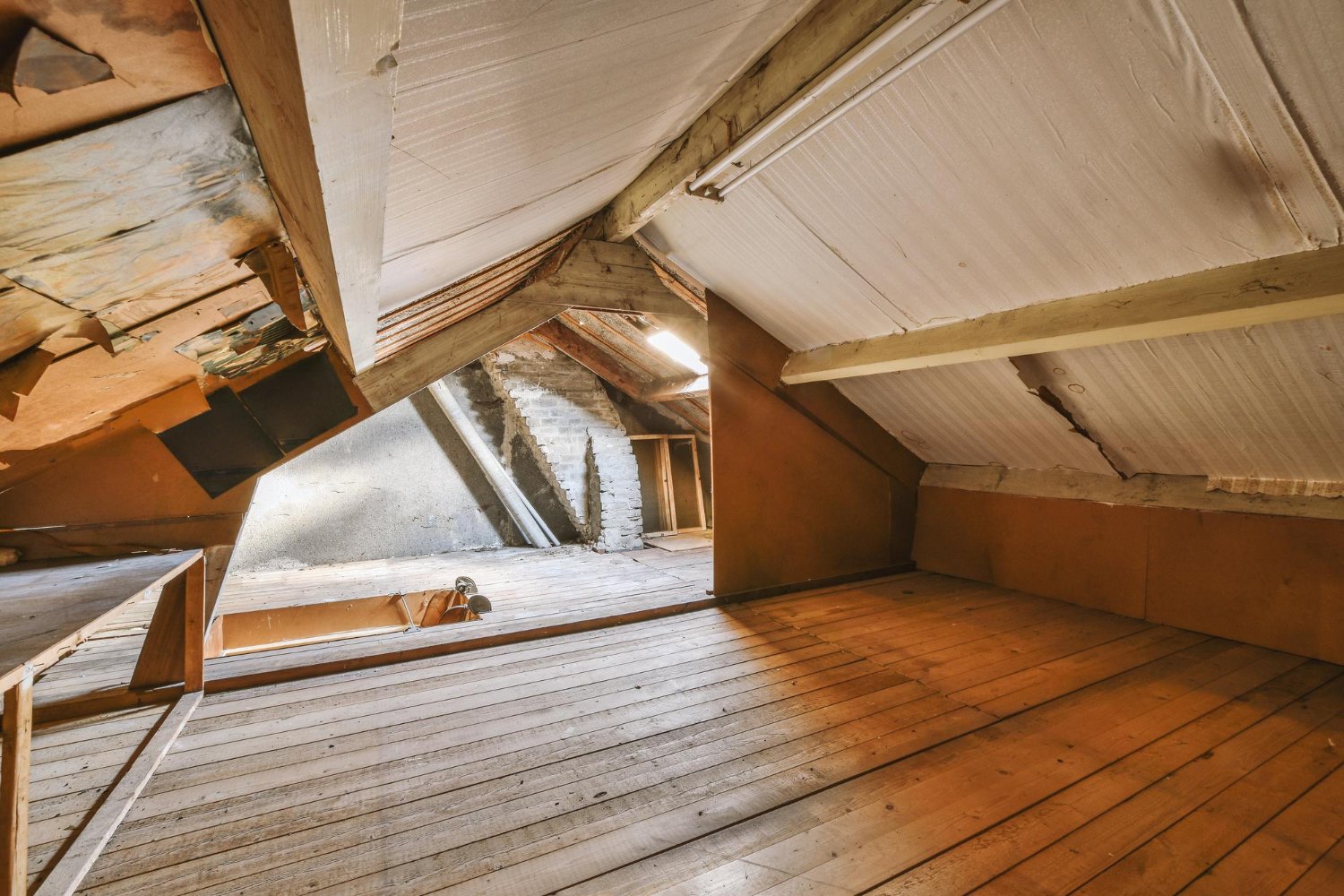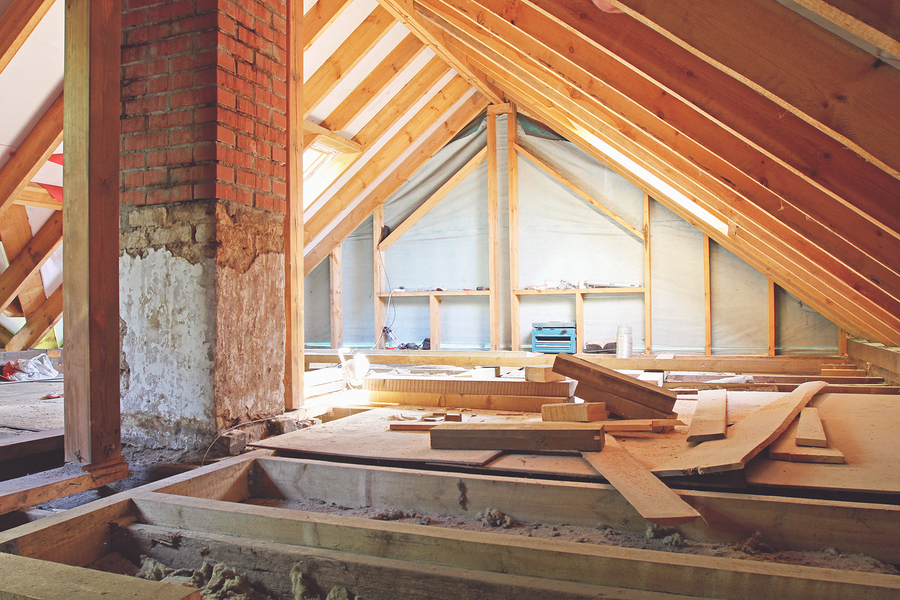When it comes to improving your home’s energy efficiency, enhancing comfort, and potentially increasing its value, the right attic roof insulation materials can make all the difference. Whether you’re a homeowner seeking to lower utility bills or a developer aiming to create top-tier properties, understanding the diverse array of insulation options is crucial. In this comprehensive guide, we’ll explore the best materials for insulating your attic roof, ensuring you make informed decisions.

Why Insulation is Important
Proper insulation acts as a barrier to heat flow, helping to keep your home warm in winter and cool in summer. This not only enhances comfort but also reduces energy costs and greenhouse gas emissions. For developers, offering well-insulated homes can be a significant selling point in today’s eco-conscious market.
Types of Attic Roof Insulation Materials
1. Fiberglass Insulation
Fiberglass is one of the most common attic roof insulation materials. It is made from tiny glass fibers and is available in rolls, batts, or loose-fill. Fiberglass is known for its affordability and effectiveness in reducing energy costs.
2. Cellulose Insulation
Made from recycled paper products, cellulose insulation is an eco-friendly option. It is treated with chemicals to resist fire and pests, making it a safe choice for homeowners. Cellulose can be blown into attic spaces, making it ideal for filling irregularly shaped areas.
3. Spray Foam Insulation
Spray foam insulation is a versatile choice, expanding upon application to fill gaps and cracks. It provides an excellent air seal and has a high R-value, which measures thermal resistance. This option is more expensive but offers superior insulation performance.
4. Rigid Foam Board
Rigid foam board insulation is made from polystyrene, polyisocyanurate, or polyurethane. It is easy to install and provides a high insulating value per inch. This material is often used in new construction projects.
Factors to Consider When Choosing Insulation
R-Value
The R-value measures an insulation material’s ability to resist heat flow. The higher the R-value, the better the thermal performance. Consider your climate and the recommended R-value for your region when selecting insulation.
Installation Method
Some insulation materials require professional installation, while others can be installed by a skilled DIYer. Consider your budget and expertise when deciding on a material.
Environmental Impact
For eco-conscious homeowners and developers, the sustainability of attic roof insulation materials is a significant factor. Materials like cellulose and mineral wool are made from recycled content and have a lower environmental impact.
Cost
Budget is always a consideration. While some materials, like fiberglass, are more affordable upfront, others, like spray foam, offer long-term savings through improved energy efficiency.
Installation Tips
Proper installation is key to maximizing the effectiveness of your chosen insulation material. Ensure that the attic is properly ventilated to prevent moisture buildup, which can lead to mold growth. Seal any air leaks before installing insulation for optimal performance. Check out these mold remediation tips for more insights.
Common Mistakes to Avoid
One common mistake is compressing insulation, which reduces its effectiveness. Another is neglecting to seal air leaks, which can undermine the insulation’s performance. Always follow manufacturer guidelines and consider consulting a professional for large or complex projects.
Innovations in Attic Insulation
Recent innovations in attic roof insulation materials include reflective or radiant barriers and eco-friendly options that incorporate natural fibers. These advancements offer new ways to enhance energy efficiency and sustainability.
Benefits of Proper Insulation
Proper attic insulation offers numerous benefits, including lower energy bills, increased comfort, reduced carbon footprint, and potential tax incentives. Developers can market these advantages to attract environmentally conscious buyers. For further ideas on optimizing your attic, visit these attic remodel ideas.
FAQs
What is the best material for attic insulation?
The best material depends on your specific needs, such as budget, climate, and environmental concerns. Fiberglass, cellulose, and spray foam are popular choices.
How much does attic insulation cost?
Costs vary based on the material and installation method. On average, homeowners spend between $1,500 and $3,500.
Can I install attic insulation myself?
Some types of insulation, like fiberglass batts, are suitable for DIYers. However, professional installation may be required for materials like spray foam.

Conclusion
Choosing the right attic roof insulation materials is an investment in your home’s comfort and efficiency. By understanding the options and considering factors like R-value, installation method, and environmental impact, you can make an informed decision that meets your needs and budget. For more insights on attic space planning, visit these planning tools.
This article contains affiliate links. We may earn a commission at no extra cost to you.




